Energy Conundrum – Not a Unilateral Problem

The government of India is taking huge steps toward achieving COP26 milestones – to reduce the overall carbon emissions by one billion tonnes and meet 50% of its energy requirements from renewable energy by 2030. According to a report, the electricity and heat production sectors contribute to 25% of the global GHG emissions.
In India, the thermal energy production is the biggest contributor (41%) to GHG emissions. The current energy landscape of the country reflects an energy mix of 59% fossil fuels and 41% of oil and renewable sources, such as wind, solar, small hydropower, etc.
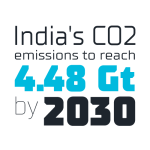
As per a CSE report, the India’s CO2 emissions (as of 2021) are 2.88 gigatonne (Gt). Considering the increasing energy demands, if the energy mix continues as usual, the emissions will reach to 4.48 Gt by 2030, only to alleviate the adversities to the environment, such as air pollution, greenhouse gas emissions, overconsumption of natural resources, and waste generation.
The substantial increase in the consumption of thermal power will delay our efforts to meet the climate goals. To reduce the thermal power consumption for energy production, it is imperative to increase the RE resources. If no damage control measures are adopted, the situation will worsen with the consistently rising amount of carbon footprints.
We can win the fight against climate change by making collective efforts toward augmenting the RE capacity to address the current energy conundrum. Reversing the damage is the need of the hour to bring the planet back to how it was before we brought upon it a climate change havoc.
If not now, when? It’s true that we are looking at ambitious targets to reduce the GHG emissions. But is this enough?
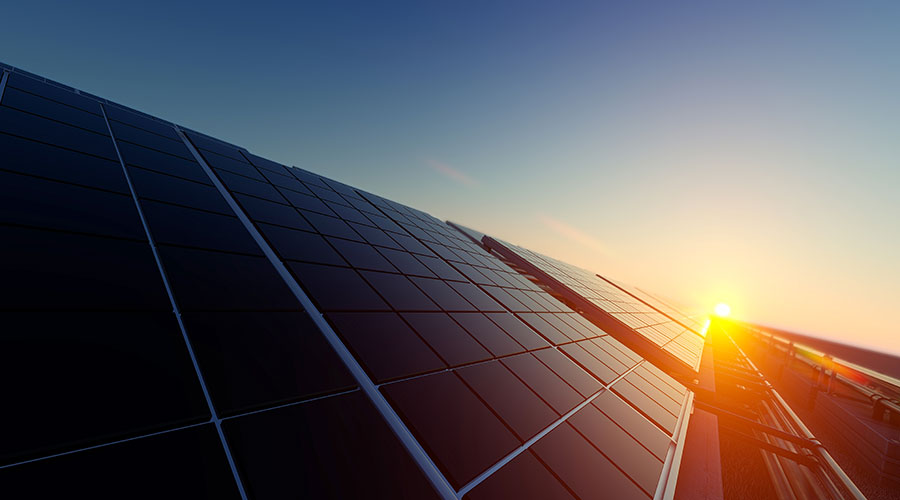
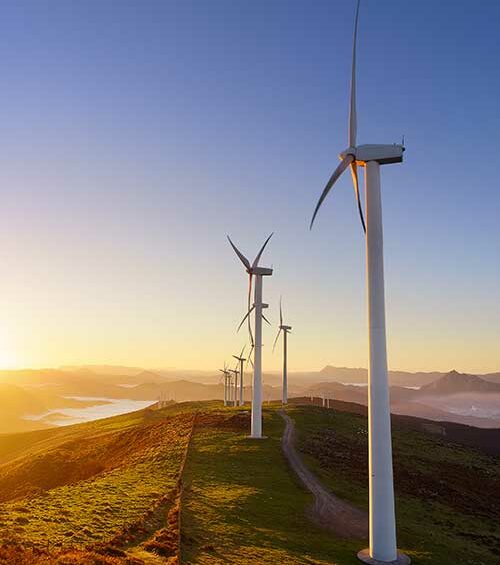
India’s goal to achieve net-zero emissions
India is looking forward to achieving net-zero emissions by 2070. The government realizes that to achieve net-zero emission in the next six decades, we need to meet the rising energy demands with low-carbon energy sources, which require higher RE resources.
What do net-zero emissions entail? Net-zero emissions mean cutting down the net GHGs emissions from sources and sinks to zero. Realizing this goal will enable India to have rich resources of renewable energy by removing an equivalent amount of GHGs from the atmosphere and storing it in plants, soil, or materials.
India has brought about revolutionary changes in the power sector, progressing to reduce our share of power generation from fossil fuels. On the Renewable Energy (RE) side, India has projected a target of producing 175 gigawatts (GW) of RE by 2022 – 100GW from solar, 60GW from wind, 10GW from biomass energy, and 5GW from small hydropower. Based on the announcement by the Union Ministry of New and Renewable Energy, we installed 100GW of RE capacity, which extended the target to 500GW by 2030.
However, with the country’s increasing GDP and population, the primary energy demand has increased and will continue to increase in the next decade. Electricity consumption has grown at a CAGR of 7.39% and electricity demand is expected to reach 1900Terawatt-hours (TWh) in 2030.
Despite all these efforts and bold promises, we stand as the third-largest emitter of GHGs across the world. This justifies the urgency of implementing RE as an alternative to fossil fuels for meeting higher energy requirements. Along with our efforts to increase RE resources, we must also look for energy-efficient measures to lower our overall energy consumption. But, is it that simple? Let’s dig deeper to understand better.
According to various studies, the most abundant renewable sources are sunlight and wind which can reduce fossil fuel consumption significantly and ultimately CO2 emissions. There are several challenges to ensuring the utilization of available renewable energy sources.
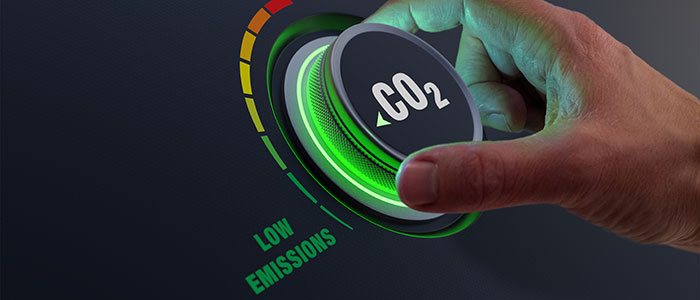
Challenges to address for achieving net-zero emissions
Intermittent power supply:
Solar/wind energy sources are intermittent which means that they cannot produce energy every hour of the day as they are dependent upon the climatic conditions. India experiences a tropical climate, which exposes us to abundant sunlight to generate solar energy. But, are we able to generate the estimated capacity of solar or wind energy? Due to its erratic nature, it becomes difficult to utilize optimum amount of sunlight. Wind energy also involves the unpredictability of wind flow. It is a vital problem with renewable energy and its intermittency, which presents new challenges for effective grid management and operations.
To resolve this, renewable energy should be assisted with advanced and efficient energy storage solutions, and Li-ion batteries are the most desirable energy storage devices today. Here’s another challenge – our dependence outside India for getting these Li-ion batteries.
Dependency outside India for raw materials and components for solar panels:
Although we have a strong manufacturing base for wind energy equipment, ~87% of our solar equipment is sourced from outside India. This makes us highly energy-dependent and increases the overall cost of RE production.
Lack of infrastructure for efficient Transmission and Distribution (T&D) of the generated power supply:
Nearly a quarter of electricity generated is lost in transmission because India’s distribution companies are using outdated infrastructure, resulting in line faults and leakages, as well as undersized and over-utilized transformers. Moreover, weak monitoring and sloppy maintenance standards lead to frequent power theft. We need to have more accurate systems to monitor the T&D of the generated power.
Lack of energy efficiency:
Due to the low energy density of renewable energy sources and other technical issues, it becomes challenging to meet the increasing energy requirements and reduce the GHG emission to the net-zero level alone.
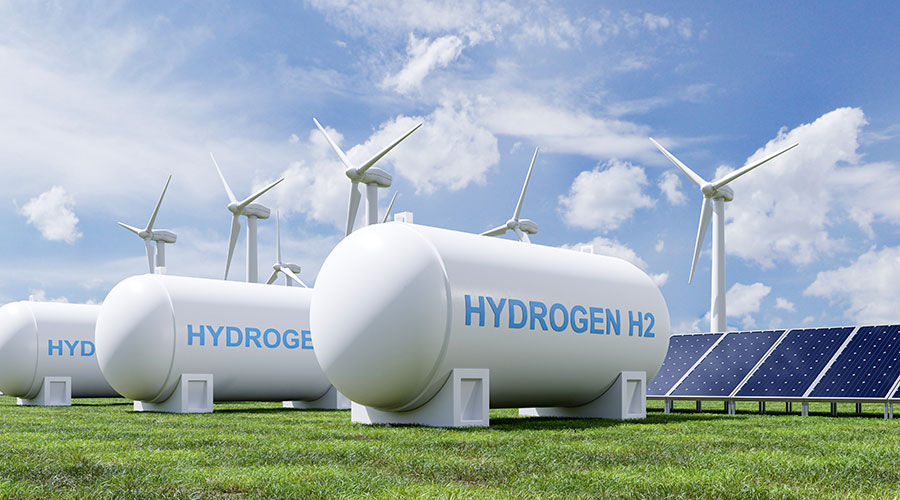

Plugging in the gaps to meet the RE and GHG emissions targets
Develop energy storage devices
Due to the intermittency of solar/wind energy, it is significant to have indigenous cutting-edge energy storage devices. These devices can store energy when sunlight and wind are abundant to enable their usage during their absence. Energy storage devices also serve the purpose of the much required grid ancillary services for smooth grid operations, currently met by conventional synchronous plants. Not just this, the hybridization of solar/wind energy using energy storage devices will provide us with a sustainable solution, reducing the dependence on the grids.
So, what are the best energy storage devices? We will need high-power Li-ion batteries to offer energy storage and power solutions. In the current scenario, India imports Li-ion batteries in large quantities to fulfil its energy storage needs. But it only makes us energy-dependent and energy storage turns into a costly affair. So, deploying battery packs with RE-based systems becomes challenging.
Develop indigenous and sustainable battery solutions
To become energy sufficient and use RE for energy storage, it is significant to develop indigenous and sustainable battery solutions. The batteries made in India will be best suited for the diverse climatic conditions, decreasing not only the cost of operations but ensuring battery safety as well.
Increase investment in fuel cells
To meet the consistently increasing energy demands, India must increase the investment in other renewable sources like fuel cells (e.g., Hydrogen fuel cells and Aluminium Air batteries) in addition to solar/wind energy.
Hydrogen fuel cells are one of the best renewable sources of energy for their 100% clean and high energy efficiency over other fossil fuels. However, it still leaves some of the challenges untapped, such as complex storage, costly production, and safety issues we need to overcome to realize the full potential of Hydrogen.
In this direction, Aluminium-Air Fuel Cells (AFCs) are a promising alternative to fossil fuels and Li-ion batteries because of their theoretically high energy density (20X as compared to state-of-the-art Li-ion Batteries) and solid recyclable fuel. These are primary batteries truly powered by Aluminium and water. Since India is the second-largest producer of Aluminium in the world, AFC technology can make the nation resilient, and save a huge amount on import bills which can be otherwise utilized to strengthen the economy.
Moreover, such fuel cells do not require robust grid infrastructure and make remote and rural areas self-sustaining in their electricity needs.
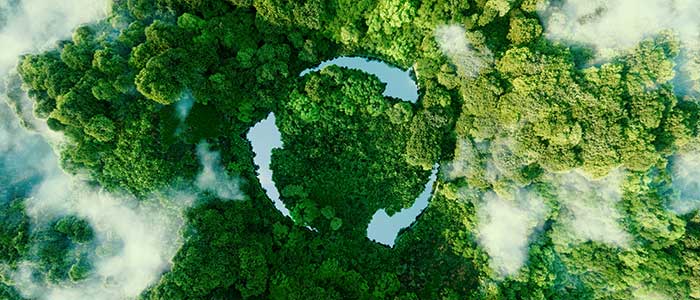
Bridging the competency gaps
According to CEEW (Council for Energy, Environment and Water), one of the major obstacles to realizing India’s net-zero dream is the competency gap. To attain the RE capacity goals, we need 2+ lakhs trained site engineers and 6+ lakhs semi-skilled and low-skilled technicians. In addition to this, we need a cohort of professionally trained individuals in material science, R&D, and deep technology to build innovative energy storage solutions.
According to industry surveys, blockchain, cloud computing, software development, AI and UX designs are the most sought-after skills today. It is high time we also focus on utilizing our young talents from the reputed IITs, NITs, and ITIs across the country. Offering them professional training in modern scientific technology can be an asset for the country to move closer to its sustainability goals. Investing in training the engineers in the renewable energy industry is a fundamental need for a greener future.
Framing policies for stringent safety standards and technology adoption
An end-to-end establishment of a safe and sustainable renewable power system in India can only be possible with stringent safety standard policies. Undoubtedly the government is framing incentive policies to promote the adoption of greener technologies, but it is equally substantial to take necessary action to further increase the awareness about clean energy technologies amongst the Indian population, encouraging mass adoption of clean tech.
Talking about the safety standards, it is imperative to ensure the safe utilization of energy storage solutions (Li-ion batteries). Furthermore, efficient recycling and dumping policies should be in place to prevent the generation of secondary pollutants, such as solar panels and li-ion battery wastes. These materials can be reused, reducing the import of raw materials from foreign countries.
So far, for both onsite and offsite RE projects, the central and state grids provided net-metering and banking benefits, essentially a form of free energy storage, to increase intermittent RE adoption. With new regulations coming in, moving away from net-metering and banking, and moving towards real-time settlement of intermittent RE generation, energy storage policies will have to be baked in by the electricity regulators to increase the BESS economic viability.
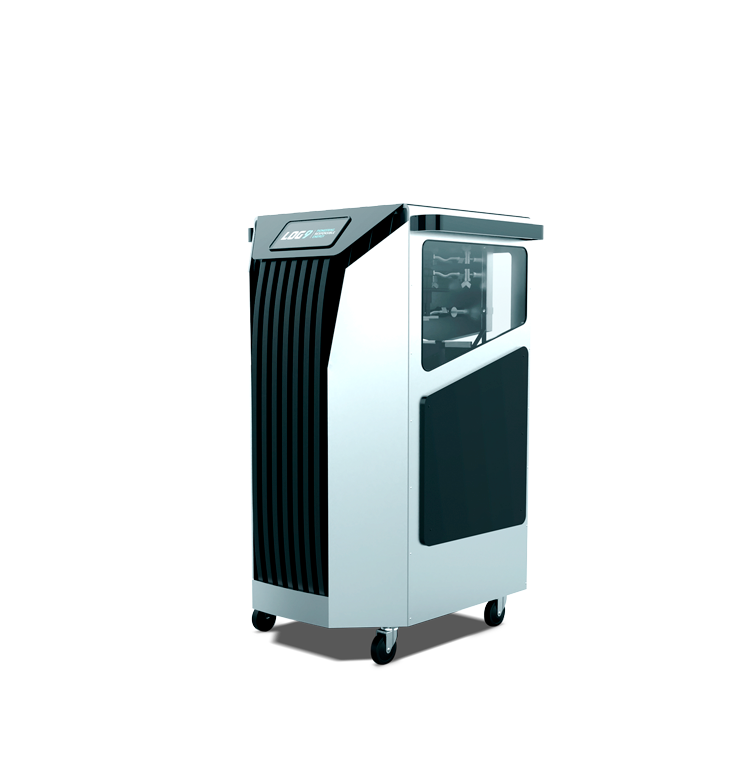
Log9 – Contributing to resolving the energy conundrum
As a pioneer in developing responsible energy, Log9 is investing in sustainable energy storage solutions with a vision to create a greener world to live in. Our advanced Li-ion battery technology promises a life cycle of 15 years. The battery packs are developed considering the tropical climatic conditions, making them suitable for the entire tropical belt.
Being a deep-tech startup with a commitment to revolutionize the Indian EV industry, we come with competencies across materials to cell to pack level fabrications for energy storage solutions. We understand the need for making RE a sustainable option and all our efforts focus on attaining the goal of net-zero emissions.
Going further, our AFC technology will support long-haul EVs and stationary applications. Log9 considers innovation as the cornerstone and continues to pursue it towards making the world sustainable with modern energy storage solutions.
Rajat Singh
Sustainability & Stationary Energy Storage - Founders Office

